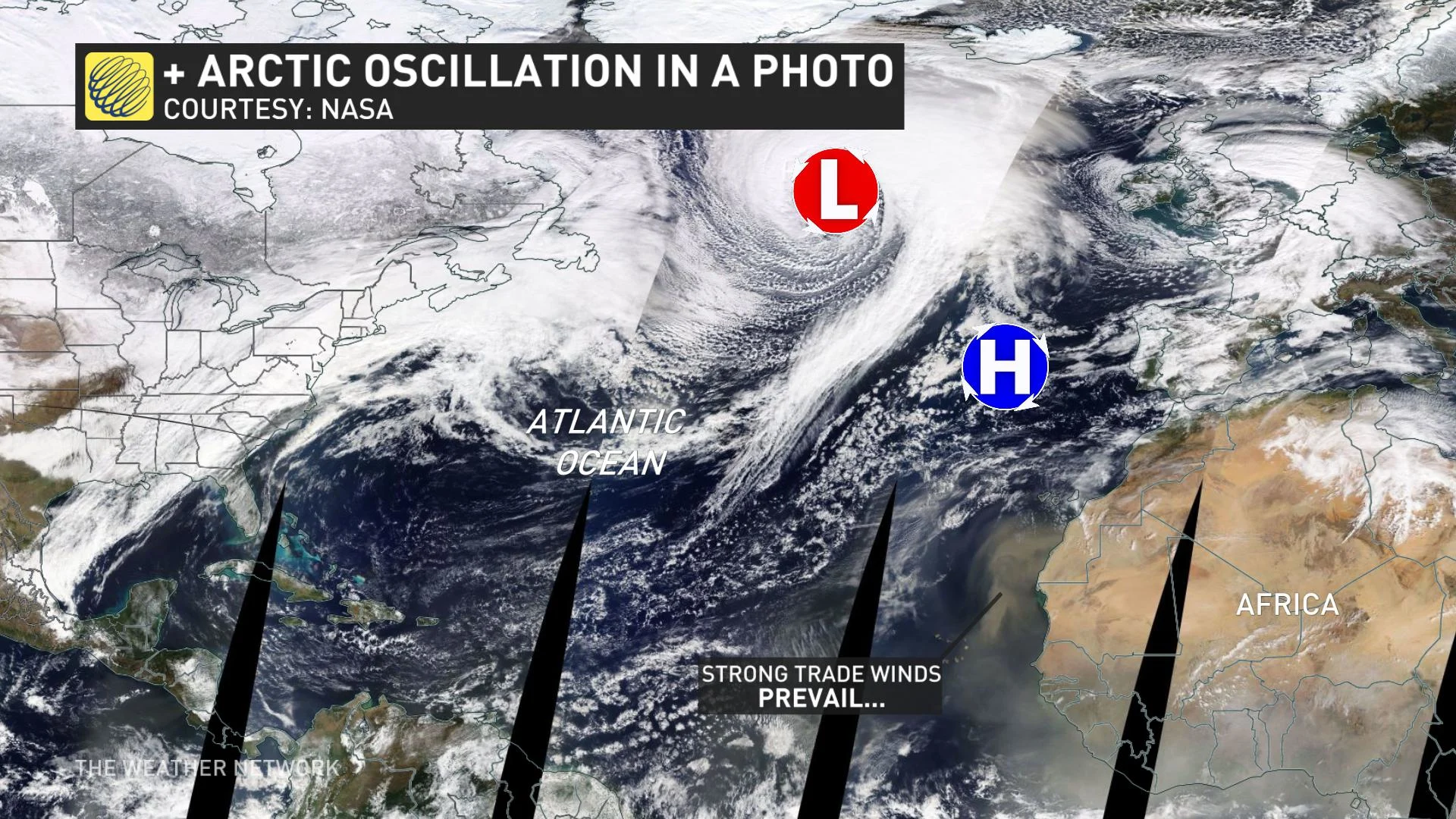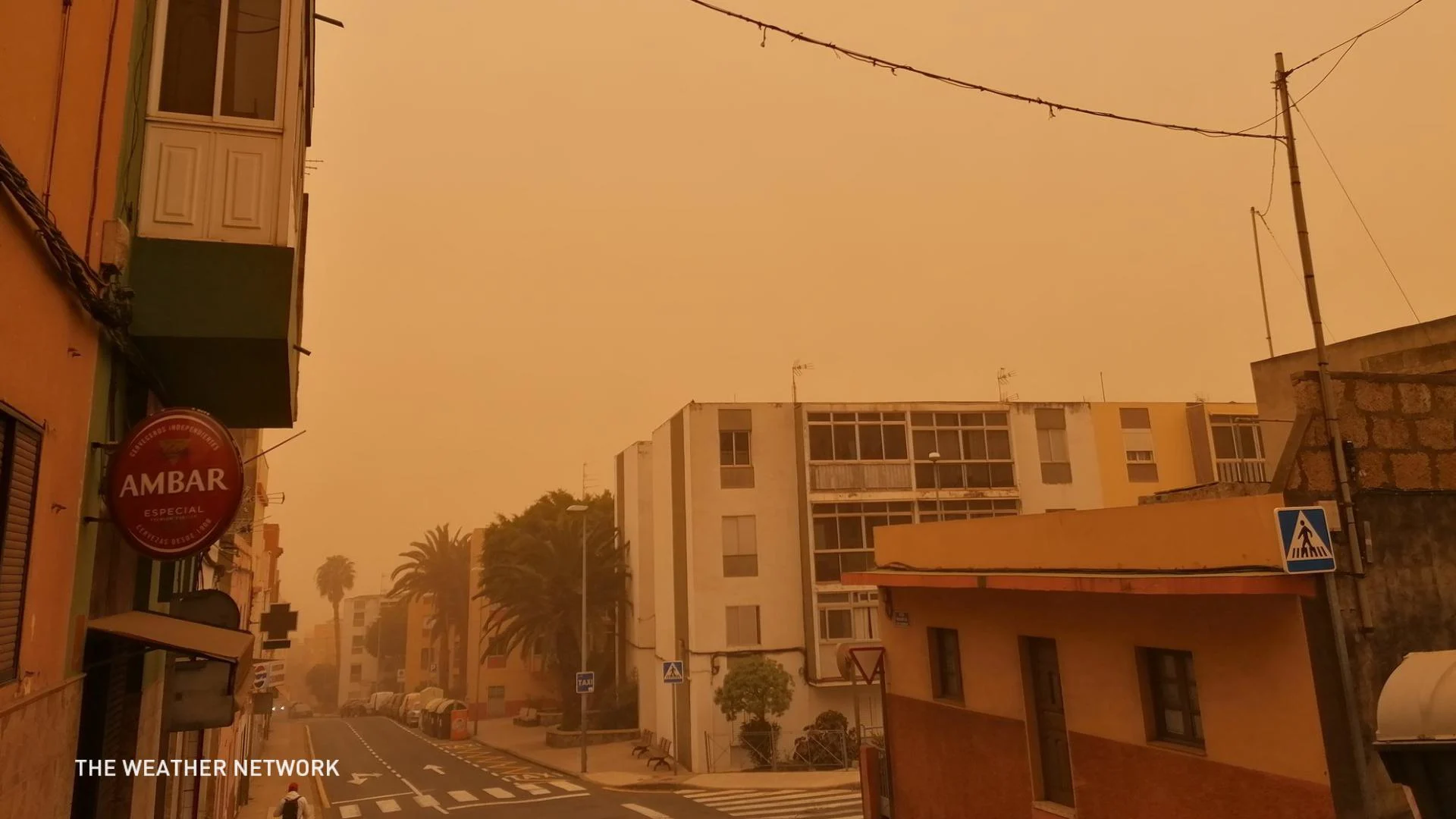
Dust from Africa turns this tropical island chain into Mars
The combination of dust and high winds forced the closure of local airports, with many flights diverting to other locations to avoid the dangerous fine particulate matter.
The small Spanish island chain of the Canary Islands quickly transformed into a seemingly different planet in recent days.
On February 22nd, a substantial dust plume blew off the western fringes of Africa, fuelled by unusually strong trade winds. The island of Tenerife was caught in the crosshairs.
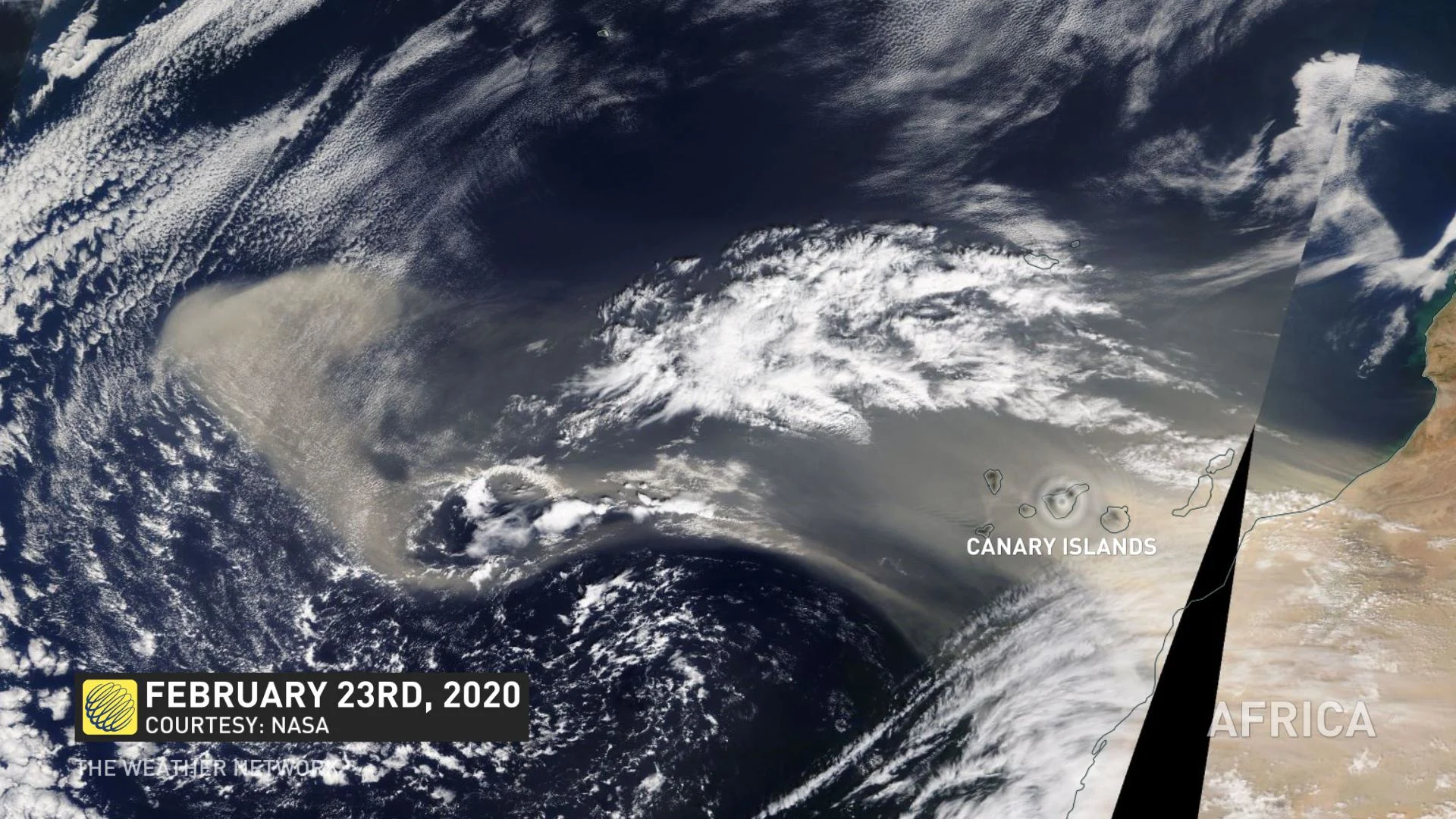
The Saharan Air Layer, the dust layer that blows of Africa, is known as the 'Calima' by the Canary Island locals. By February 23rd, the dust spanned well over 1000 kilometres across the Atlantic Ocean, targeting the entire island chain.
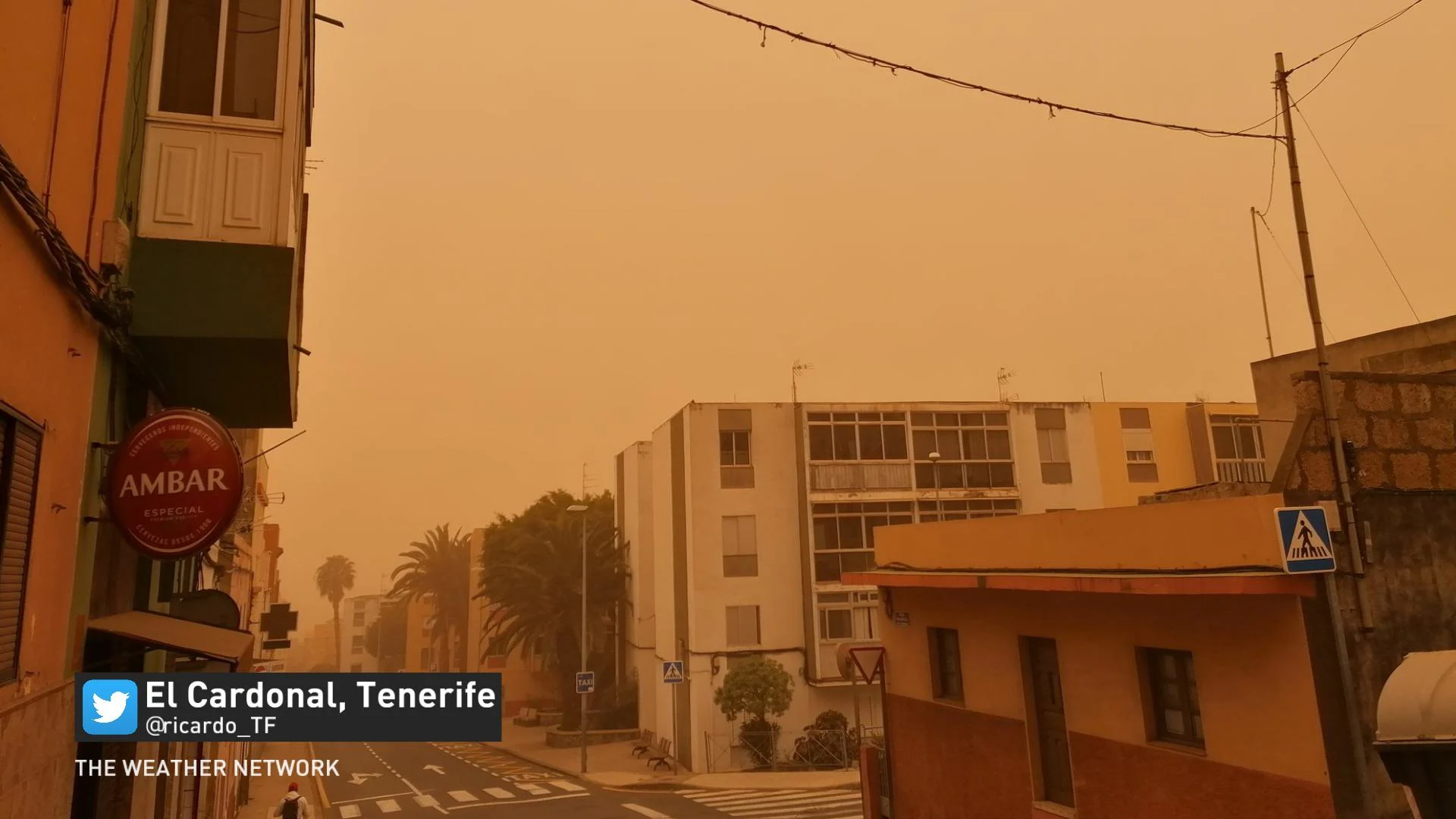
The combination of dust and high winds forced the closure of local airports, with many flights diverting to other locations to avoid the dangerous fine particulate matter.
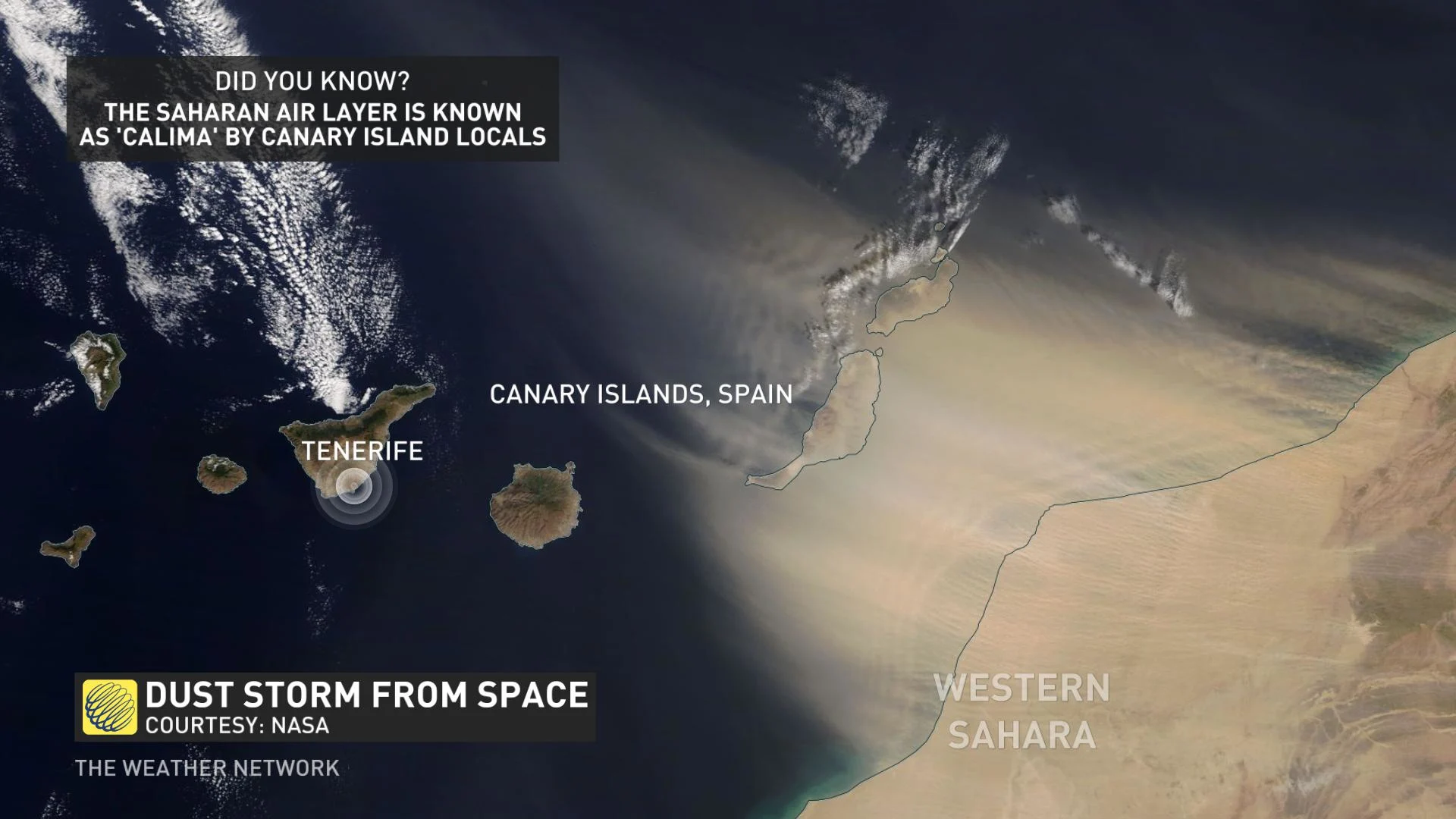
A danger to pilots, but also a health hazard to the general population. A normal air quality reading of PM 2.5 would be less than 50, where some air quality monitoring stations approached 1000 on the air quality index scale on Sunday – quite hazardous to your health.
An air quality reading that atrocious is equivalent to smoking nearly 40 cigarettes in a single day.
The record-breaking Arctic oscillation index played a significant role in increasing the intensity of the trade winds recently, allowing the dust to migrate across the Atlantic Ocean with ease.
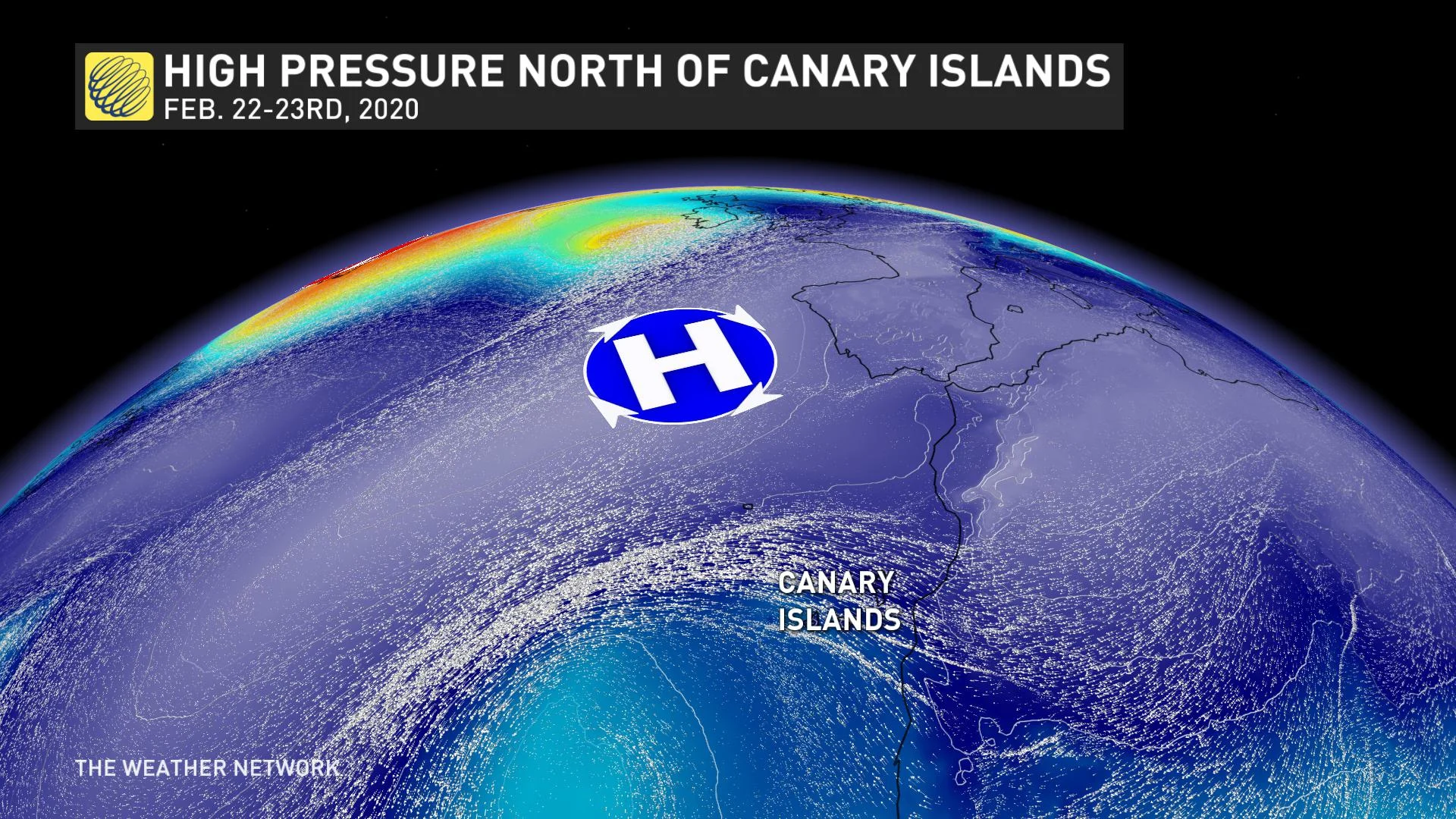
Low-pressure systems reached as low as 920 millibars south of Iceland this month. The power vortex has also remained intense and consolidated across the pole; the result has been a less active pattern across North America.
